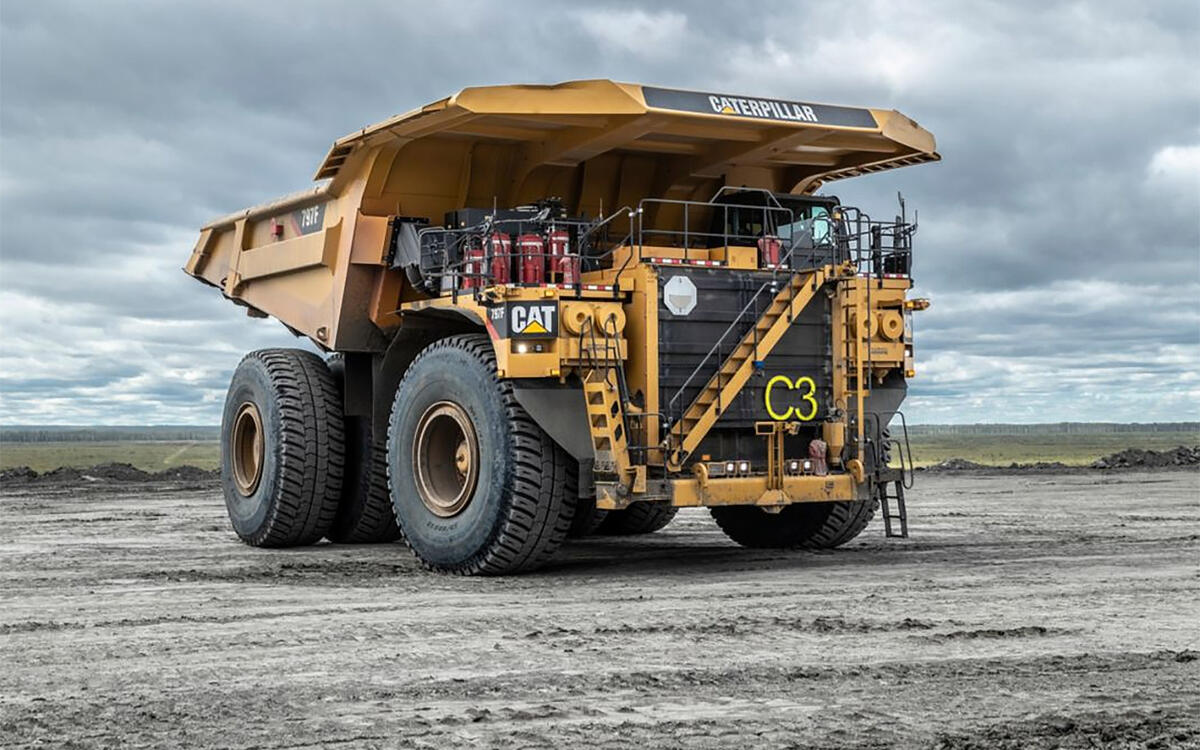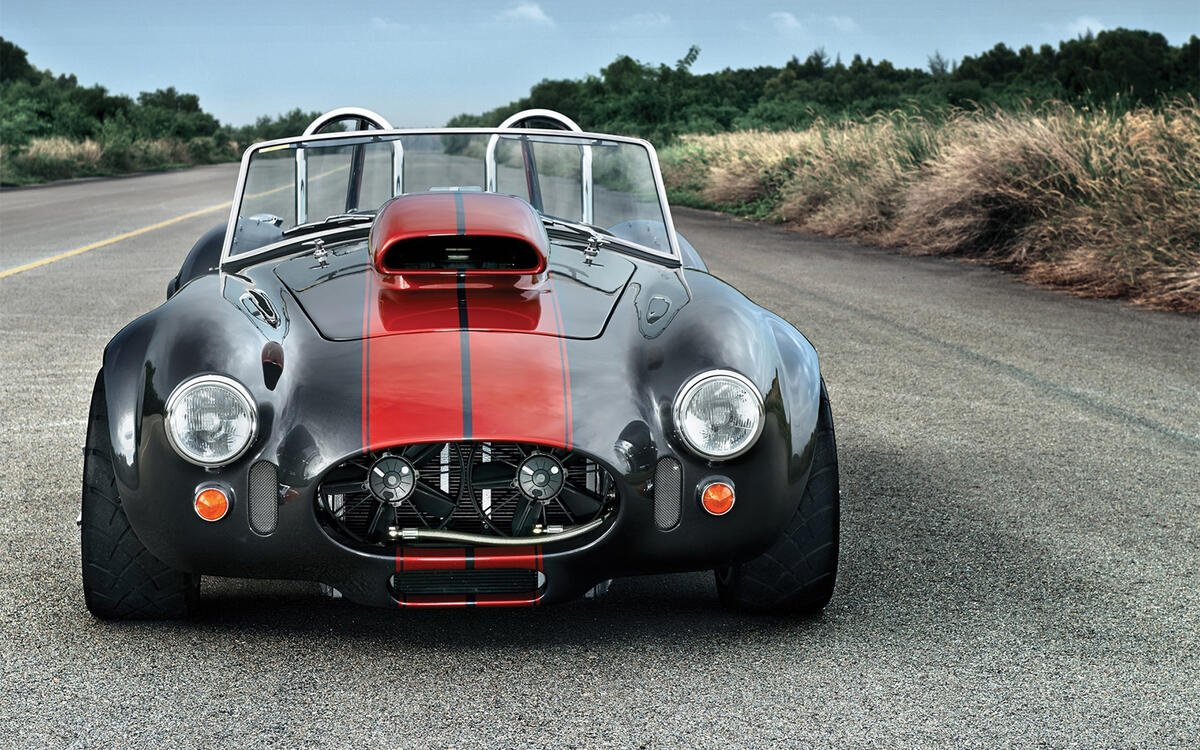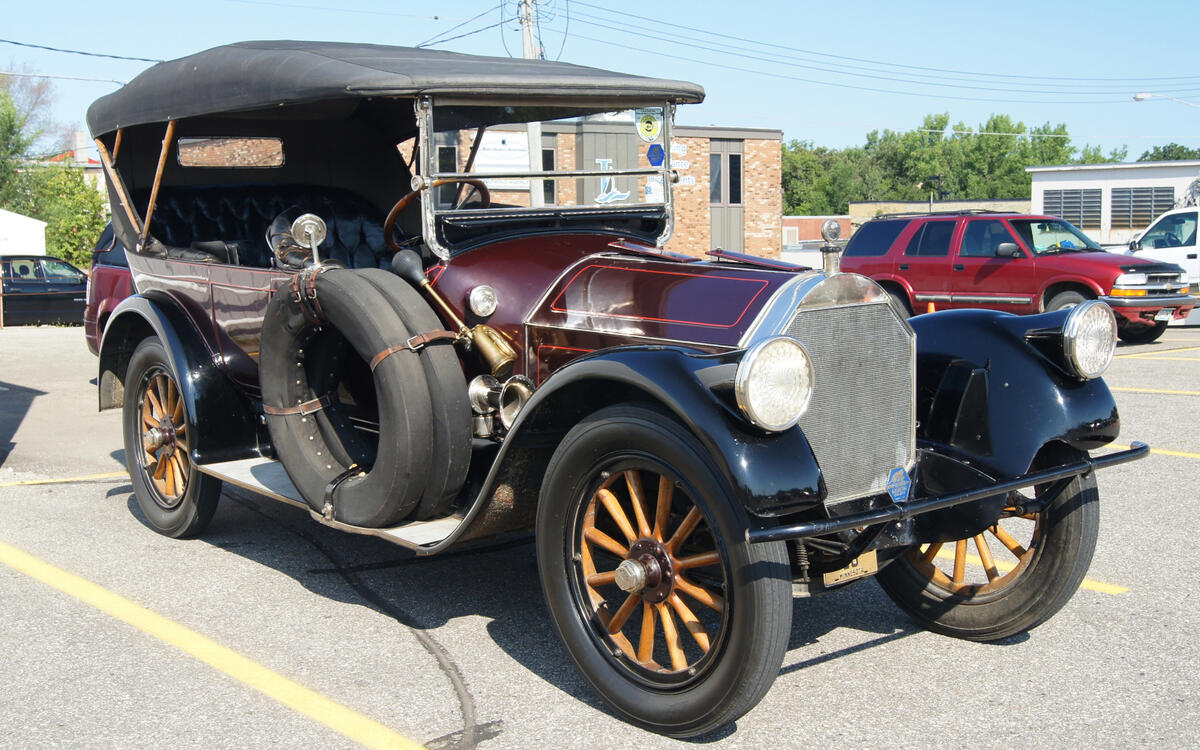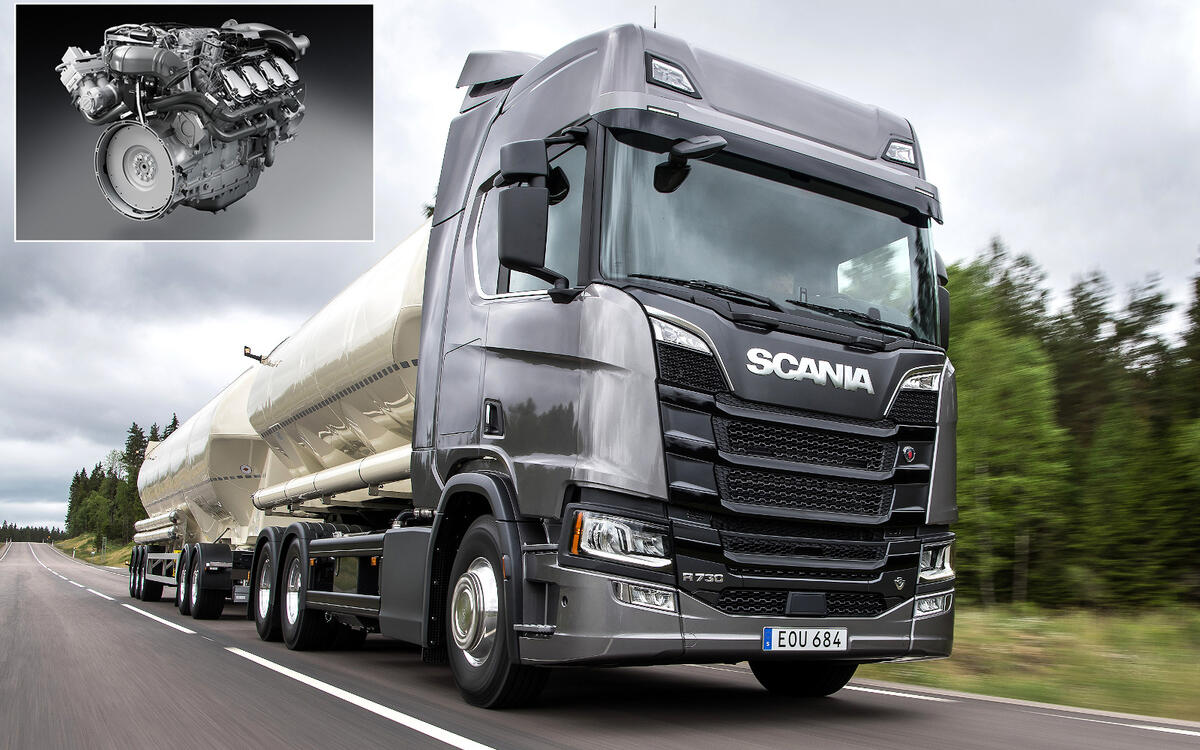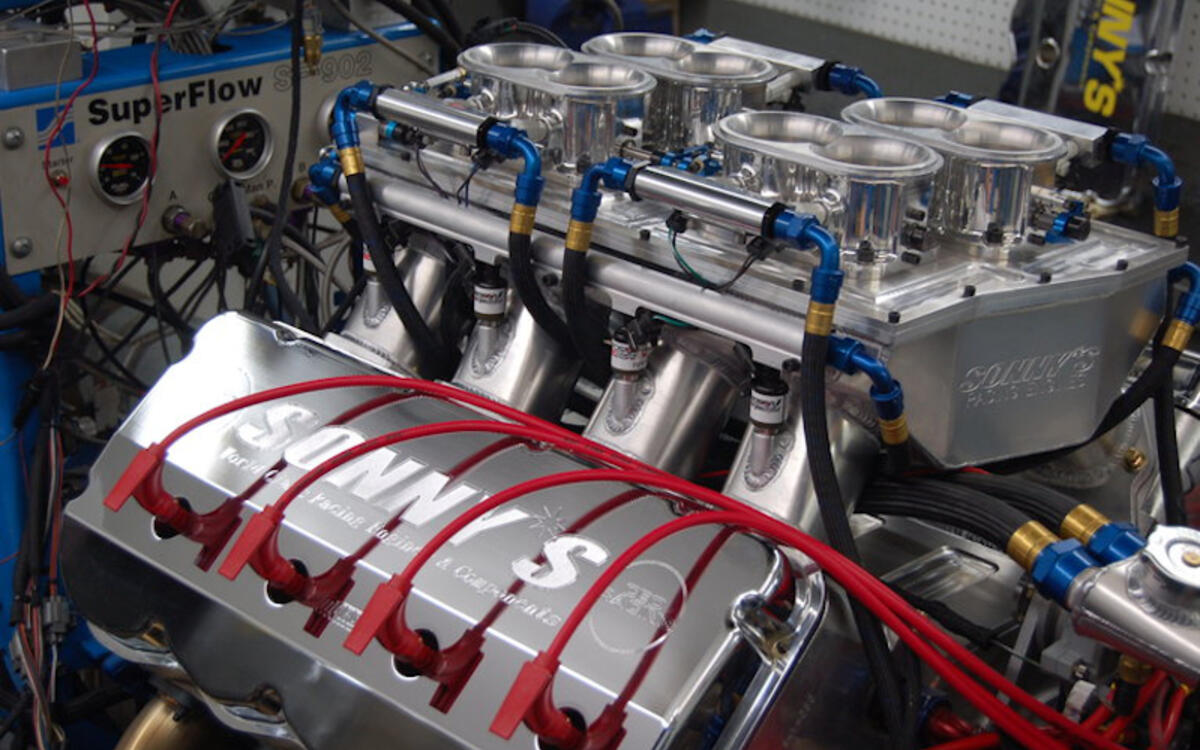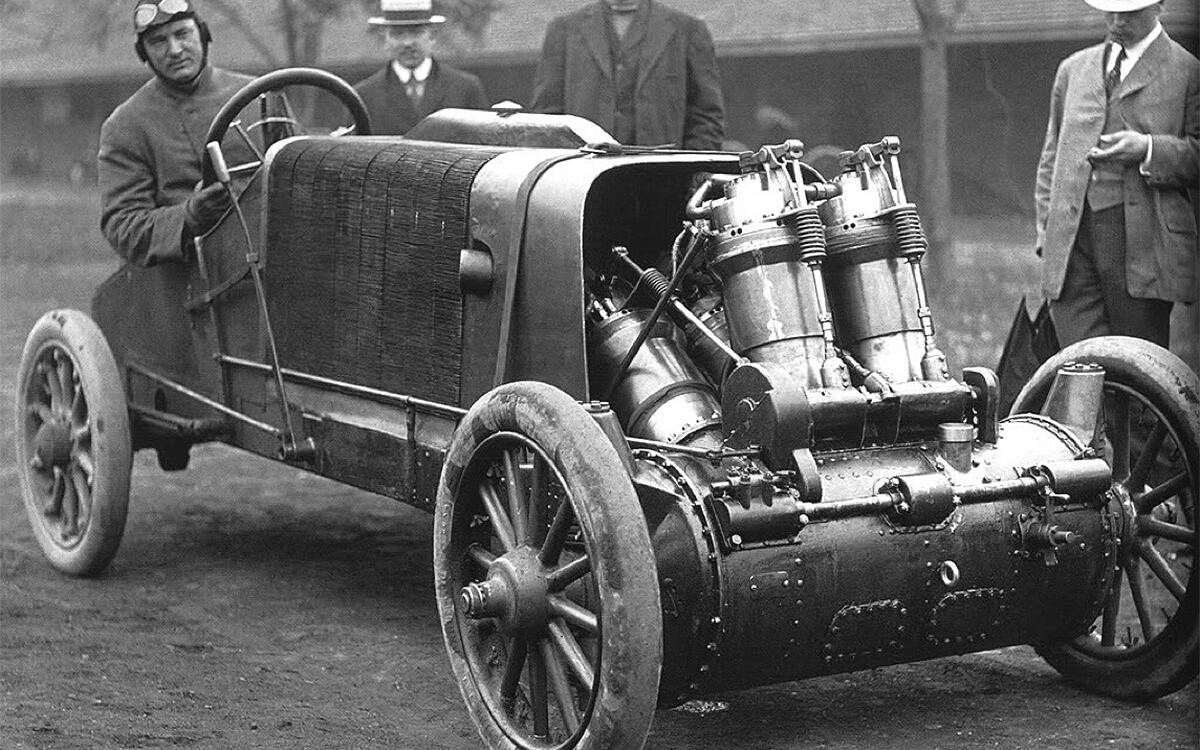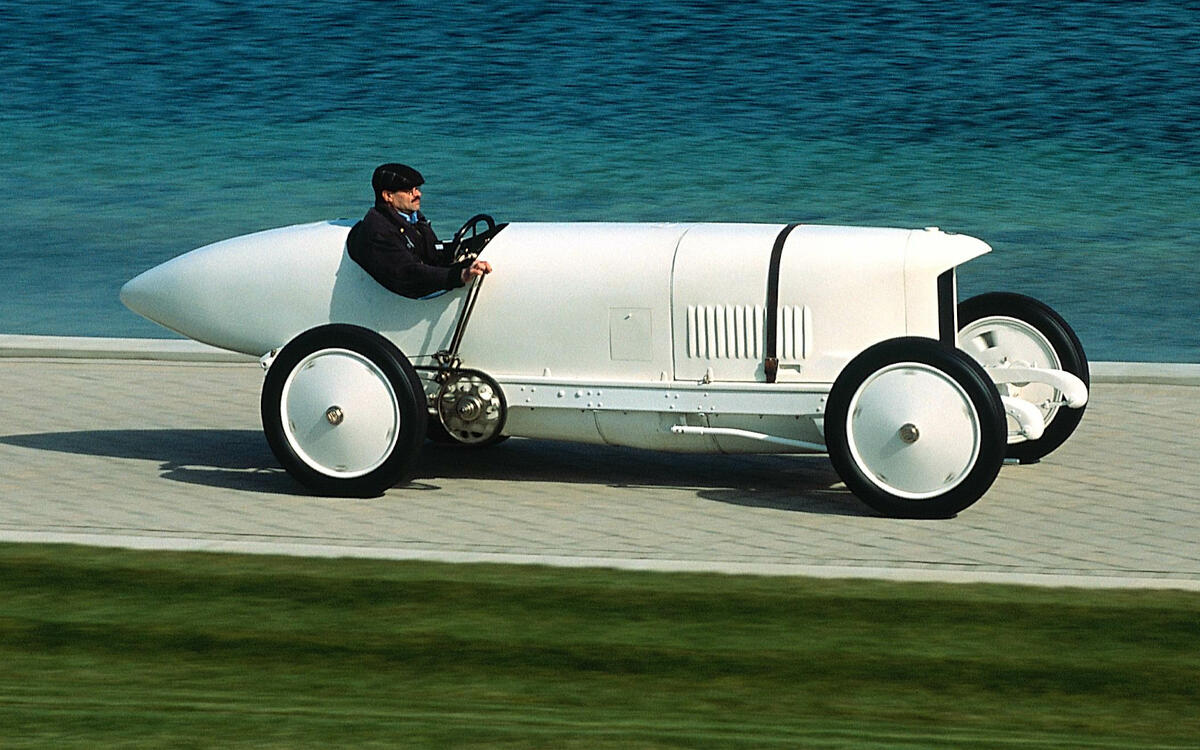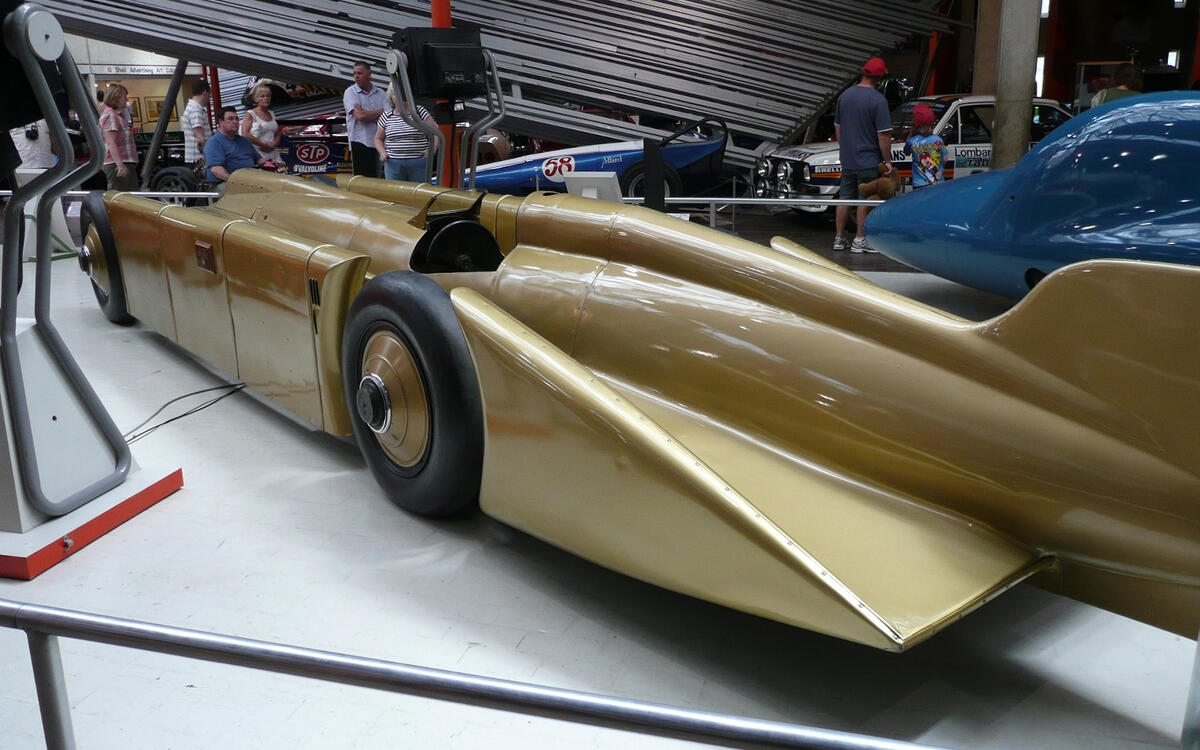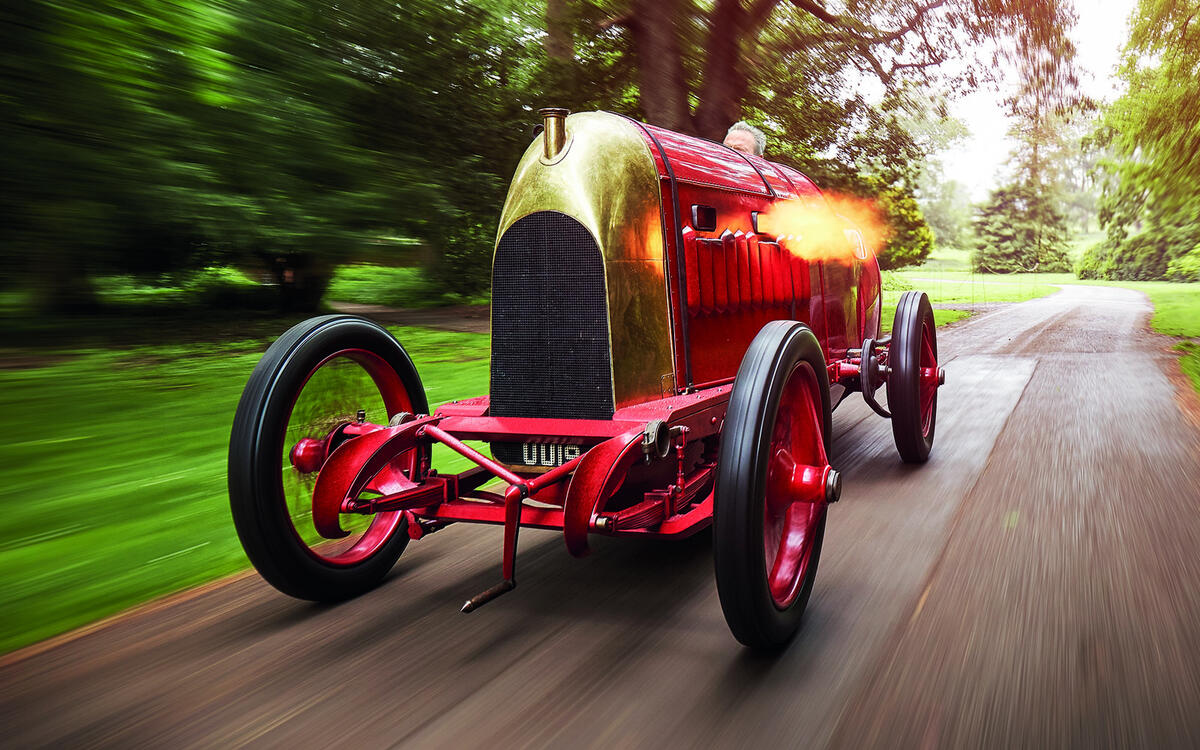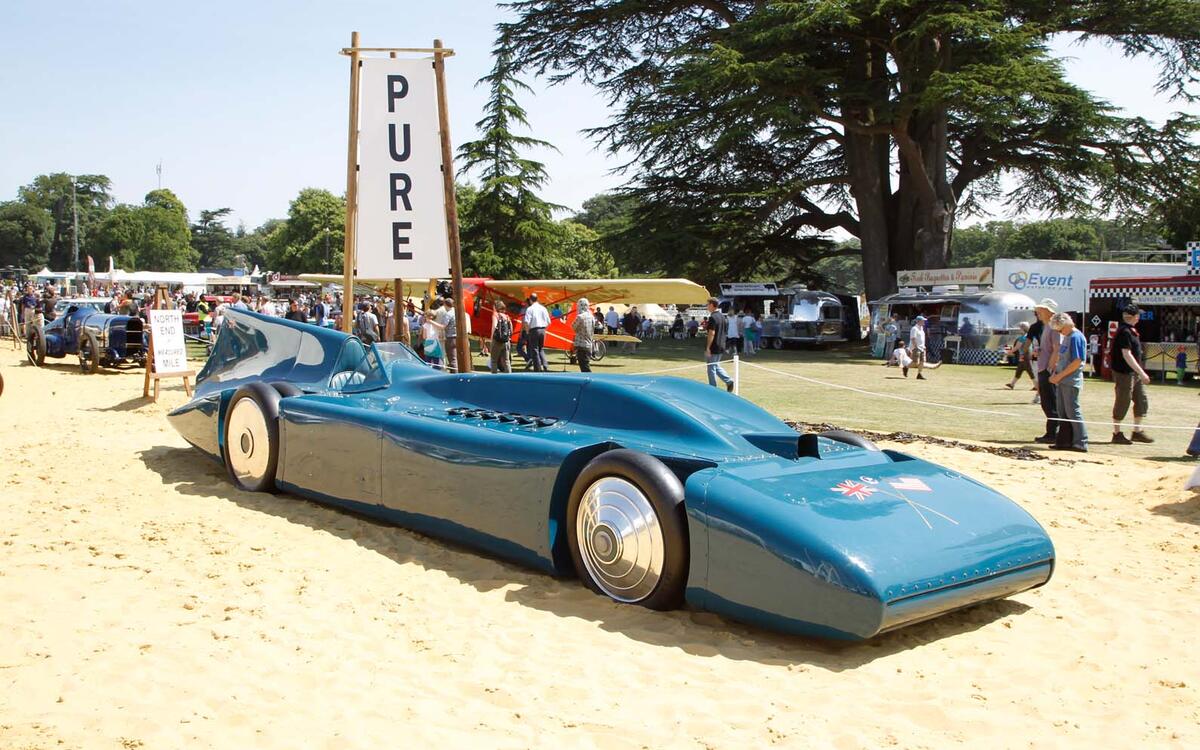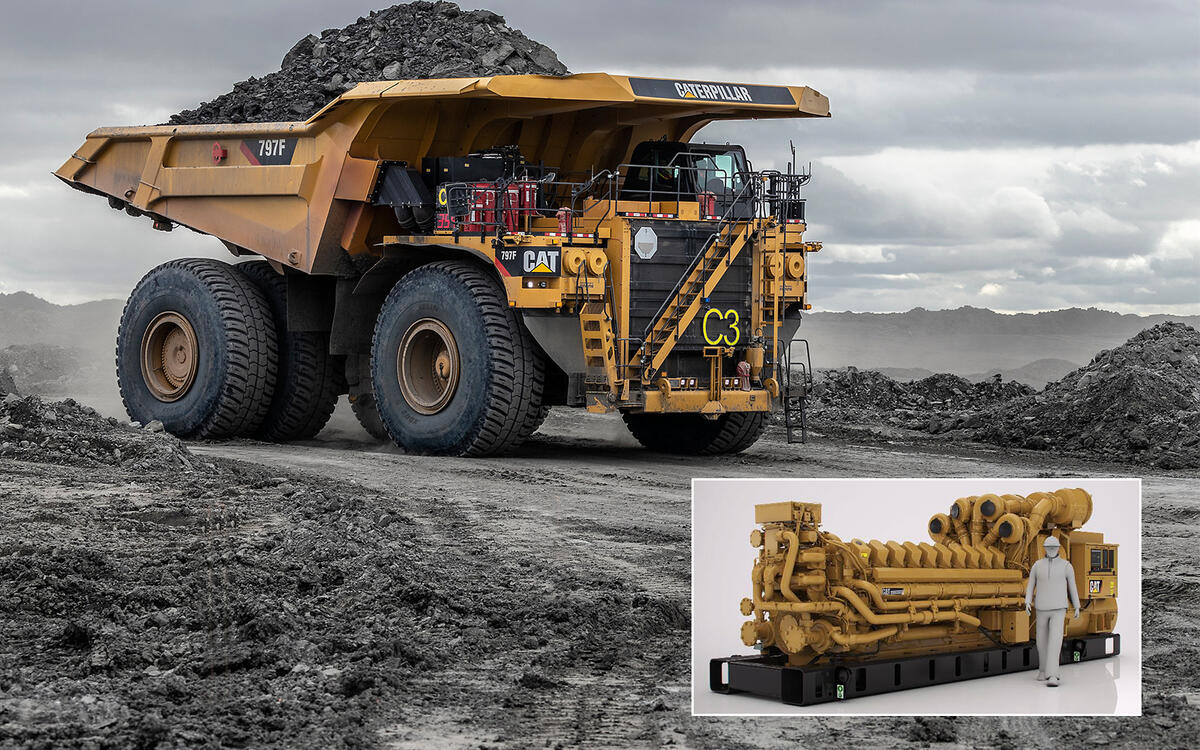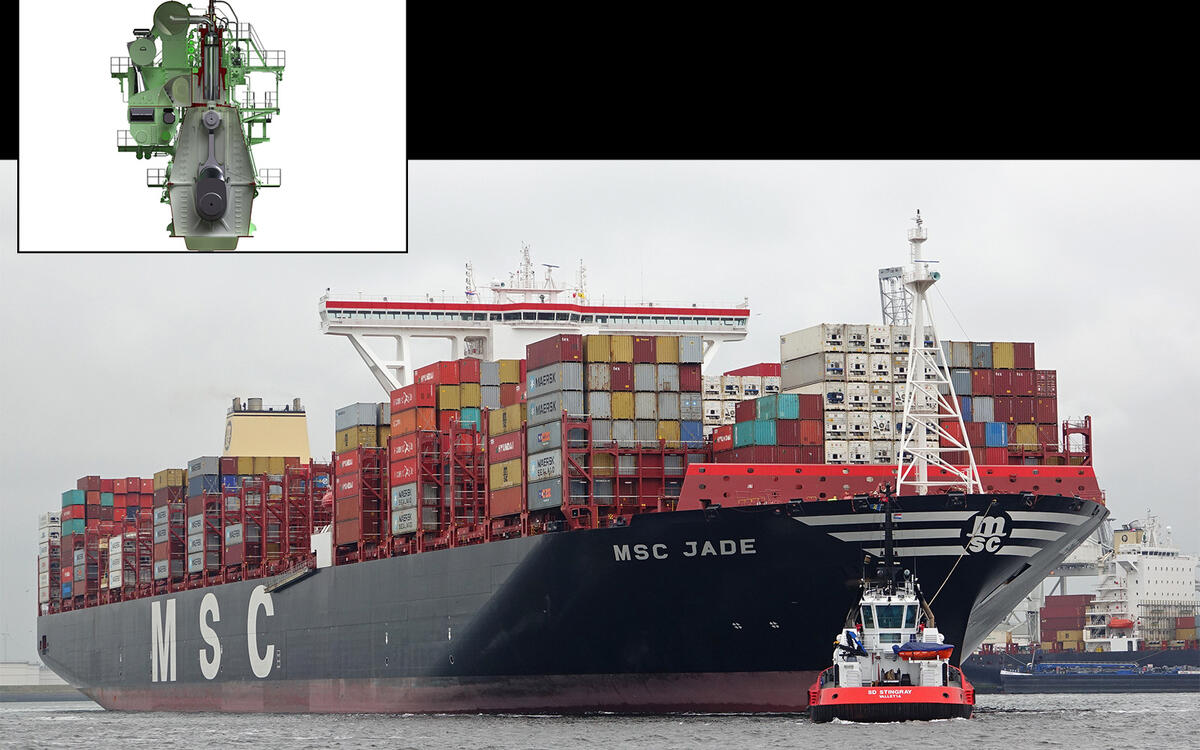 Slide of
Slide of
Saying that engines come in different sizes is like saying it’s a long walk from Canada to Chile.
Depending on your definition of the word ‘engine’, the smallest consists of a single atom, while others are so enormous a healthy adult could easily fit in one cylinder.
In this feature we’ll be concentrating on the chunkier ones. House rules: with one unavoidable exception, each of them has powered a vehicle which can be driven on the road, and anything significantly under 8.0 litres is too tiddly for us to be bothered with. We start small, and get increasingly larger…
 Slide of
Slide of
Bugatti Chiron: 8.0 litres
You’ll get some idea of what is to follow by the fact that the 7993cc quad-turbo W16 engine in the Bugatti Chiron is both the smallest we’re prepared to consider here and the largest fitted to any current production car.
It was previously used in the Veyron but has been substantially developed since then. Bugatti quotes a maximum output of around 1500bhp.
 Slide of
Slide of
Dodge Viper: 8.4 litres
Until it was discontinued in 2017, the Dodge Viper had the world’s largest production car engine. The V10 unit started out at 8.0 litres but was gradually enlarged to 8.4 litres.
Maximum power was far below that of the Bugatti Chiron at 645bhp, but that was without the benefit of any turbochargers at all, never mind four of the things.
 Slide of
Slide of
Bugatti Royale: 12.7 litres
The spectacularly luxurious Bugatti Royale, built at the rate of about one per year from 1927 to 1933, had a gigantic eight-cylinder engine measuring 12.7 litres.
Intended mainly for customers who ran their own countries, the Royale was not itself a success as it was extremely expensive sold mostly at a time of a global depression - but its engine was a hit. It was still powering French trains as late as the 1950s.
 Slide of
Slide of
Weineck Cobra: 12.8 litres
German company Weineck is passionate about very large engines. Perhaps its most famous product is an AC Cobra replica fitted with a V8 of 780 cubic inches, or just under 12.8 litres. The car’s massive bonnet scoop was necessary simply to provide this monster with enough air to run at high revs.
Without the help of turbocharging, it produced around 1100bhp. The car’s claimed 0-124mph time was 4.9 seconds.
 Slide of
Slide of
Pierce-Arrow Model 66 and Peerless Model 60: 13.5 litres
Pierce-Arrow and Peerless were two of the great ‘Three Ps’ of the early American motor industry. The third, Packard, became the first car manufacturer to offer a V12 engine, but the others went in a different direction.
The Pierce-Arrow Model 66 (pictured) and Peerless Model 60 were both fitted, before the First World War, with 13.5-litre engines of just six cylinders, and were so strong at low revs that they could be driven more or less everywhere in top gear. No larger unit has ever been fitted to a series production car.
 Slide of
Slide of
Cadillac Sixteen: 13.6 litres
It took 90 years for Cadillac to catch up with Pierce-Arrow and Peerless in terms of engine capacity, and even then it built only one car of this type. The Sixteen was a concept whose V16 engine, based on the GM LS, measured 13.6 litres.
Maximum power was quoted at 1000bhp, but customers hoping for a taste of that would be disappointed. The Sixteen was strictly a concept, and it has not (so far) led to the development of a production model.
 Slide of
Slide of
v
Improvements in the efficiency of heavy truck engines has led to a slight reduction in their average size, but there are still some behemoths. Scania’s 730 S V8 (known until recently as the S 730) comes in at 16.4 litres and produces as much power as its name suggests.
Scania also produces a related but slightly smaller 16.3-litre V8 available in three power outputs from 520bhp to 650bhp.
 Slide of
Slide of
Godfather: 16.5 litres
Even in standard form, the Chevrolet Big Block V8 was not exactly petite, with an initial capacity of 5.7 litres. However, it has been taken a great deal further than that, most notably by Sonny Leonard, whose Godfather engine is loosely based on GM’s original.
Intended for drag racing in, for example, the IHRA Pro Stock or NHRA Top Sportsman classes, the Godfather breaks through the 1000 cubic inch barrier with a capacity of 1005ci or 16.5 litres. Naturally aspirated, it has been measured on a dyno at 2100bhp.
 Slide of
Slide of
Christie: 19.9 litres
Among other enthusiasms, John Walter Christie (1865-1944) was an early adopter of front-wheel drive, and used it in the car he built for the 1907 French Grand Prix. Apparently unconcerned about torque steer, Christie also fitted a four-cylinder engine of tremendous size.
At 19.9 litres, it was – and will almost certainly remain – the largest ever used in a Grand Prix. Unfortunately, the car lasted for only four laps, leaving Christie to travel from Dieppe back to New Jersey with little sense of accomplishment. His reception when he got back was reportedly quite frosty.
 Slide of
Slide of
Blitzen Benz: 21.5 litres
In 1909, six examples of the Blitzen Benz were built using basically the same engine with which Christian Lautenschlager (1877-1954) had won the previous year’s French Grand Prix, but enlarged from 15.1 to 21.5 litres.
For a while, the Benz was the fastest car on the planet, and held the Land Speed Record along with some less official titles. Designed primarily to go quickly in a straight line, it nevertheless also proved effective in circuit racing.
 Slide of
Slide of
Sunbeam 1000hp: 22.4 litres x 2
Known as Mystery, or more irreverently as the Slug, this Sunbeam was fitted with two of the same company’s Matabele aero engines, each of them measuring 22.4 litres.
The total power output is believed to have been slightly less than the car’s name suggests at nearer 900bhp, but the important point is that in February 1927 it met its brief of breaking the Land Speed Record, driven by Henry Segrave (1896-1930). Its two-way average speed of 203.79mph beat the previous mark by nearly 30mph.
 Slide of
Slide of
Golden Arrow: 23.9 litres
Another successful Land Speed Record car, the Golden Arrow was fitted with a 23.9-litre Napier Lion engine which on its own produced at least as much power as two Sunbeam Matabeles.
This, and a more obviously aerodynamic shape, allowed the Golden Arrow (once again driven by Henry Segrave) to raise the LSR, which had already been broken twice since the Sunbeam run, to 231.446mph in March 1929.
 Slide of
Slide of
Babs: 27.0 litres
Count Louis Zborowski built several aero-engined racing cars in the 1920s, usually with the name Chitty-Bang-Bang. The fourth in the series was called the Higham Special and had the largest engine so far, a 27.0-litre V12 Liberty.
After Zborowski was killed racing a Mercedes in 1924, the car was bought by JG Parry Thomas, who developed it, renamed it Babs and used it to raise the Land Speed Record to 170mph in 1926. He was killed during another attempt the following year. In 1928, Ray Keech achieved 207.552mph in the White Triplex, which had three Liberty engines. His passion for speed killed him too, in 1929.
 Slide of
Slide of
Fiat S76: 28.3 litres
The success of the Blitzen Benz led Fiat in 1910 to build two examples of the formidable S76, nicknamed the Beast of Turin. Their engines, whose four cylinders measured nearly 7.1 litres each, have been said in the past to have come from airships, though it is now believed they were designed specially for the car.
The S76 was fast enough to take the Land Speed Record but never completed the necessary two runs in different directions within an hour. Both cars were once thought lost, but British enthusiast Duncan Pittaway has built and competed in a recreation using the chassis of one and the engine of the other.
 Slide of
Slide of
Bluebird: 37.0 litres
The last of the Bluebird land speed record cars run by Sir Malcolm Campbell (1885-1948) used a supercharged 37.0-litre Rolls-Royce R engine designed for air racing but also found in high-speed boats.
With a reported 2300bhp at his disposal, Campbell raised the record to 272.46mph in February 1933, 276.816mph in March 1935 and finally 301.129mph five months after that. Having now broken the 300mph barrier, he decided to bring his fabulous career as a record-breaker to an end.
 Slide of
Slide of
Packard-Bentley (‘Mavis’): 41.8 litres
Although his 24.0-litre Napier-Bentley has been a real crowd-pleaser at Vintage car events for several years, owner Chris Williams apparently decided it wasn’t extreme enough. In 2010 he completed the even more alarming Mavis.
This is based on a 1930 Bentley 8-Litre chassis and is fitted with a Packard 4M-2500 V12 engine, a marine version of an aircraft unit used in torpedo boats during the Second World War. Measuring 41.8 litres, it is believed to produce 1500bhp.
 Slide of
Slide of
Brutus: 46.9 litres
Aero-engined cars do not come more formidable than Brutus. Based on a pre-World War I American LaFrance chassis, it uses a BMW VI motor measuring 46.9 litres.
Designed in the 1920s, this was BMW’s first V12 engine of any sort, offered with a choice of compression ratios and with outputs starting at 600bhp. It powered many aircraft and even an experimental propeller-driven railcar which achieved 143mph in 1931.
 Slide of
Slide of
Caterpillar 797F: 106 litres
The 20-cylinder 106-litre C175-20 diesel engine in the Caterpillar 797F produces nearly 4000bhp and, more importantly, an unworldly torque output of 16,474lb ft and is the largest found in any current mining truck. Other engines in the sector act as generators for electric motors, but this one drives the rear wheels through a seven-speed automatic gearbox.
The diesel-electric Belaz 75710 giant truck (from Belarus) is physically larger than the 797F (and indeed all other rivals) and has a greater overall capacity. However, this is spread across two engines which, at 65 litres each, are far smaller than the single unit in the Caterpillar.
 Slide of
Slide of
MAN B&W 11G95ME-C9.5: 26,977 litres
The total capacity of all the engines mentioned so far is 476.6 litres, which as far as the shipping industry is concerned is what you’d expect to find under the bonnet of a Fiat 500. Most sources suggest that that largest engine in the world is the 25,300-litre Wärtsilä-Sulzer RTA96-C, but in fact it’s considerably smaller than the snappily titled MAN B&W 11G95ME-C9.5.
According to MAN - a German company ultimately owned by Volkswagen - this engine measures 26,977 litres.
This particular engine propels the vast Swiss-Italian container ship MSC Jade. Built in 2016, the Jade can carry 19,224 standard containers, cruising at 18 knots (21mph). At 398 meters (1306 feet) in length, it’s one of the world’s largest container ships (the longest is 400 meters), and is 18% longer than the US Navy’s latest Gerard Ford- class fleet aircraft carriers.
If you enjoyed this story, sign up to Autocar’s newsletter for all the best car news, reviews and opinion direct to your inbox. Click here to subscribe.
We all know about large car engines of today, but those in the past have been larger – and as for those engines fitted into other types of vehicle…
Advertisement

